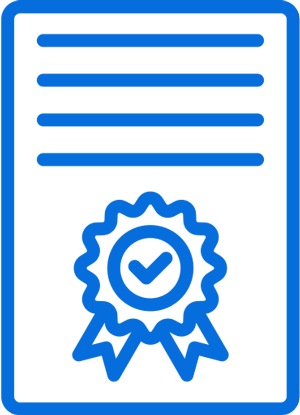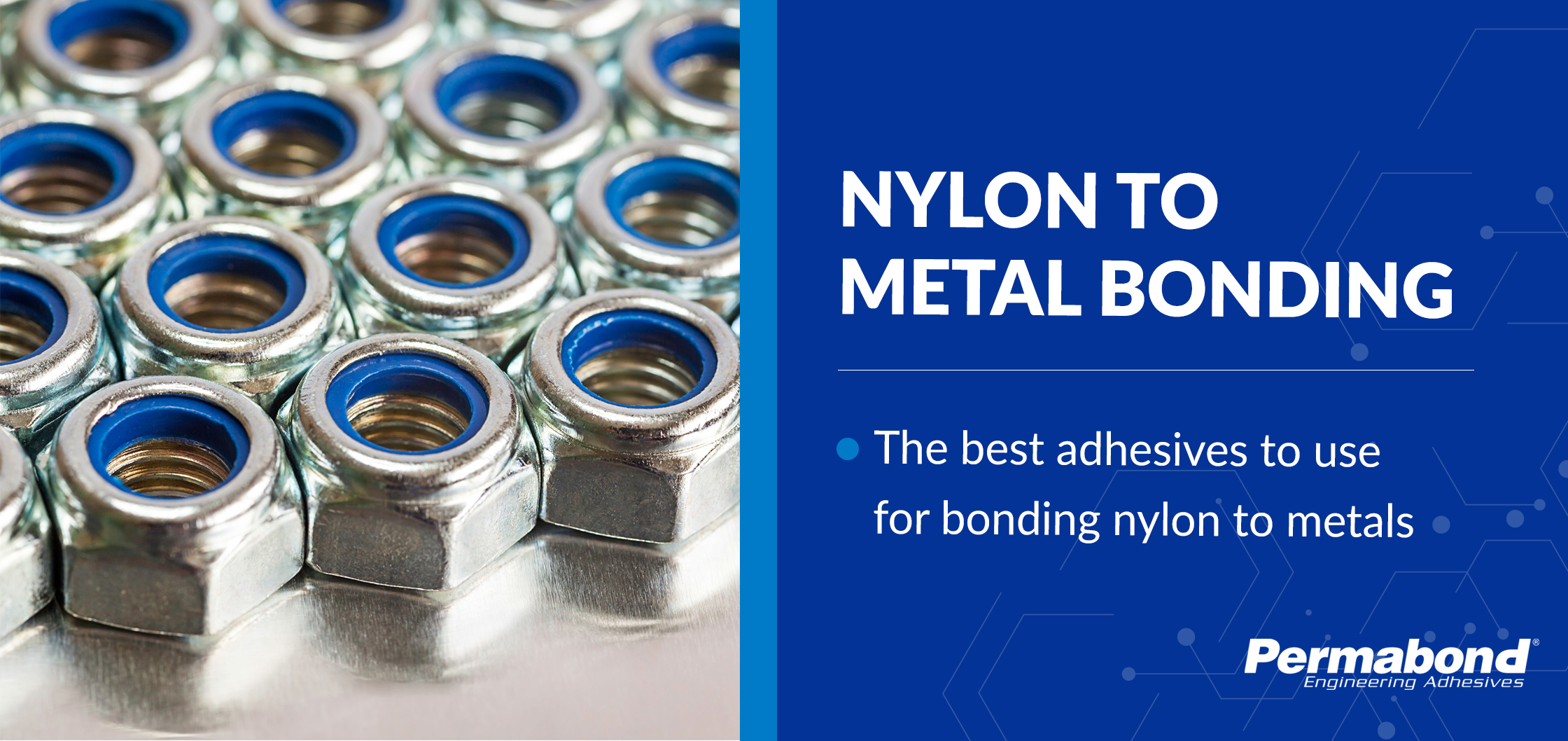What is induction curing?
So how does induction curing work? Simply put, line power is converted to alternating current and delivered to a work coil which creates an electromagnetic field within the coil. The piece with the epoxy on it can be metal or a semiconductor such as carbon or graphite. To cure epoxy on non-conductive substrates such as glass, an electrically conductive susceptor transfers the heat to the non-conductive material.
What are the benefits?
Single component epoxy adhesives cure with heat. The heat can come from various sources. The most typical is an oven, but heat air guns, bake plates, and induction curing are also options. Induction curing can greatly reduce the time required to cure the epoxy and minimize the effects of heat on surrounding components, as induction heating delivers heat precisely to the adhesive area.
Is it a good option for my application?
Providing your induction heating equipment specialist and your epoxy adhesive manufacturer information on the following topics will help them to make the best recommendation.
1. What substrates are you bonding? – Understanding what the substrates are will help determine the heating rate and power requirements to cure the adhesive. For example, iron heats with less power than aluminum.
2. Size of the components being bonded – Smaller parts require a higher frequency for efficient heating. Larger areas benefit from a lower frequency.
3. Epoxy requirements – There is a min/max threshold for curing epoxy. The minimum temperature required to effect a cure and the maximum temperature allowed before the breakdown of the epoxy.
For more information on induction curing for your application, please contact us.
Let’s Discuss Your Project.
"*" indicates required fields
Products
Technical Support

Permabond will help you select the right adhesive for your application.






